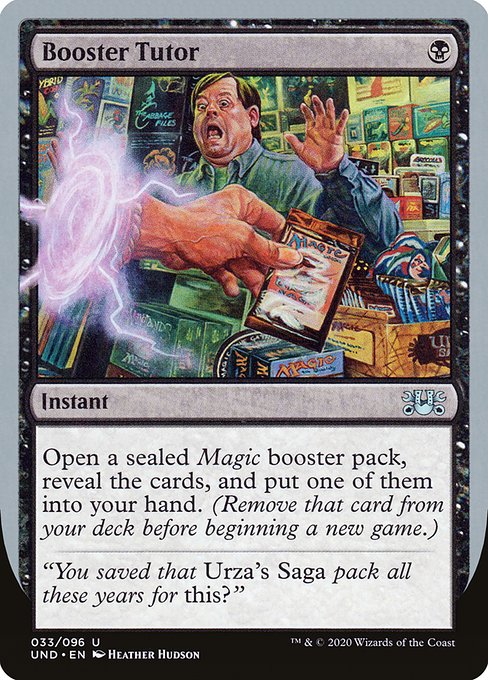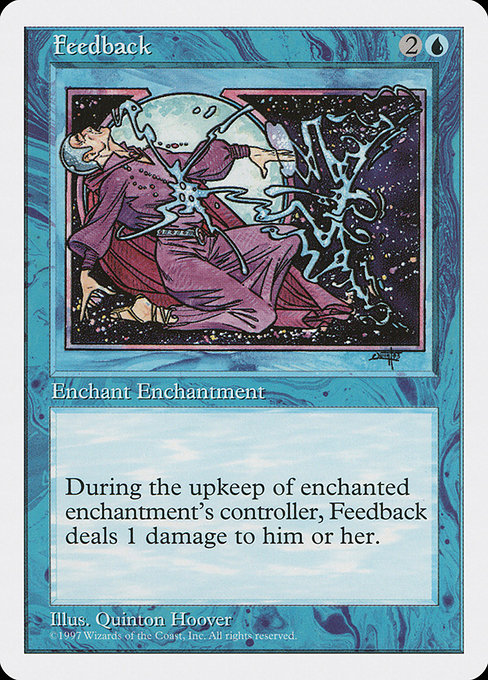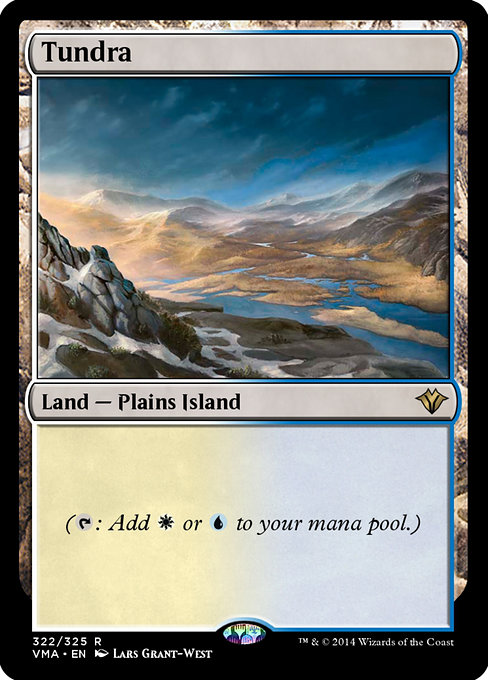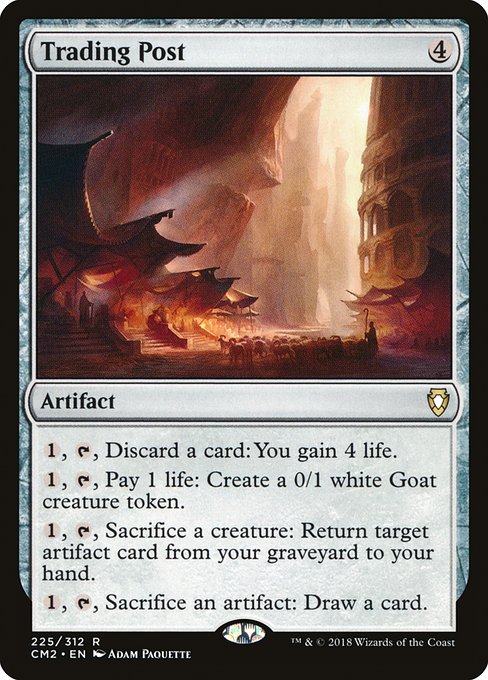Last weekend I participated in CubeCon in Madison, WI, about 10 minutes from where I live. CubeCon is one of the most fun events of the year. It’s extremely casual and no one really cares how much they’re winning, but it still has a tournament structure and people are invested in their matches. The event allows players to experience a wide range of cubes with remarkable efficiency and everyone there is having fun and invested regardless of their record. In a lot of ways, it combines the absolute best of an actual tournament and a Command Fest.
Anyways, after a weekend of playing several different cubes and talking to people about cubing, I tend to develop some thoughts about cube drafting.

This time, I had a conversation with former pro player, writer, PT commentator, and Magic designer Zac Hill about how he felt like he’s plateaued and almost never fails to go 2-1 in any cube draft, but also rarely goes 3-0, after he went 2-1 in all six drafts at CubeCon to exactly fail to make the top 64 to play on Sunday.
Specifically, he felt like his play hadn’t adjusted to the latest mulligan rule, and that he typically drafts decks with a somewhat aggressive slant that used to allow him to get free wins by punished opponents who stumble, but now players very rarely actually stumble because mulligans are so forgiving, so he’s not getting paid as much for that, but doesn’t really know how to adjust it. Apologize to Zac if I’m slightly misremembering or paraphrasing incorrectly.
While I didn’t have a lot of feedback on drafting aggressive decks, I was able to explain my philosophy, which I figured could offer something to focus on rather than trying to punish the stumbles that don’t happen anymore.

My observation is that it felt like across a wide range of cubes, I always draft what feels to me like basically the same deck, and I also feel like basically no one else drafts the same way I do, which is actually a little weird, because I think my drafting is very strategically coherent, even almost obvious from my perspective.
People think I draft crazy decks because I tend to play at least three colors, and they’re often surprised by the power level of my decks–how did I get so many good cards? The answer, of course, is that I drafted them.
I sometimes mention that the best advice I’ve gotten on limited was from Mike Hron, who won a limited Pro Tour, then finished Top 8 in another limited Pro Tour the next year before retiring when they stopped having limited Pro Tours, then coming back years later to win three team limited GPs. He wasn’t a particularly talkative strategist, and his advice, which I apply strictly when drafting cubes was. “Draft the good cards.”

When I see a card that’s appreciably better than the other cards in a cube, I draft it, and when I see a pack that doesn’t have such a card, I tend to take a dual land, and if neither exists, then I’ll probably take the most efficient interactive spell.
The hard part about drafting the way that I do is it involves having an intuitive internal power level ranking of every card you might see in a cube. For a lot of players, the hardest part of drafting the good cards is simply identifying which cards those are.
One statement I made about that as it relates to higher power cubes is this: If a card could exist in Standard without being banned, or at a minimum, heavily played/format defining, I probably don’t want to have it in my deck.
If the cube contains fetch lands, there will be very few cards in the cube I’ll take over them, they just make everything else so much better, it’s very hard for the value over replacement of a great spell to be higher than the value over replacement of a fetchland over a basic I’d otherwise have to play. Typically there are maybe 10 cards I’d take over fetch lands, more in a powered cube.

The reason to draft fixing highly is so that you don’t have to pass strong cards, you can ignore colored mana symbols and just take the best things you see. Typically, if you just take the strongest card every pack, you’ll figure out a primary color or two just because people near you will probably focusing on some colors and you naturally won’t see many great cards in those colors, some gold cards will probably come through and you can splash those. You can also afford to take fixing highly because the power level in most cubes is relatively flat, so if you take a land over one of several cards of comparable power level the first time you see a pack, you’ll often get something about as good as what you would have taken when you first saw the pack when it comes back to you, and the card you take will be in the colors that the table is under drafting, so letting the table decide which card you take is actually stronger than deciding for yourself because it puts you into an open lane.
For a lot of players, the hardest part of drafting the good cards is simply identifying which cards those are.
When you commit to narrow cards early, you’re trying to stake a claim to an archetype, but if someone else makes the same move, you’ll generally end up with a subpar deck. My goal is to draft flexibly, because that’s the only way to draft unexploitably–I’m trying to minimize the chance that I ever finish a draft with a disaster of a deck–if you have good mana and strong spells, it’s unlikely your deck won’t be competitive.
I also noticed over the weekend that I very rarely lose to people doing stronger things than me/winning late games. It did happen a few times, but most of the time that I lose it’s because my draw isn’t great and I play against an aggressive deck that draws well. I do try to draft a lot of cards that are good against aggressive decks to make up for the inherent costs in my manabase against aggressive decks, but sometimes they’re still going to win.
Another key principle in evaluating which cards are the good cards is that just like I don’t want my drafting strategy to have vulnerabilities, I also don’t like my individual cards to have vulnerabilities. When talking to Zac about which kinds of cards we like, he talked about Goblin Rabblemaster as a class of card that he likes–cards that can generate immediate value and snowball to take over a game. For me, Goblin Rabblemaster is too risky, but Fable of the Mirror-Breaker and Esika’s Chariot are acceptable cards with a similar play pattern. The difference is that Goblin Rabblemaster plays poorly from behind and trades down on mana against cheap removal, while Fable and Chariot always generate immediate value. Neither is a super high priority in most cubes as both are better when you’re aggressive and I’m generally drafting for inevitability, but I respect them. Similarly, I don’t like any expensive cards that don’t generate a lot of immediate value. If a card can trade wildly down on mana at a huge loss for me, I’d generally rather have something else.
Even in high synergy cubes, if I can’t compose a synergy out of independently good cards, I’m not interested, but when cards have high upside but require a reasonable amount of drafting around them, I’ll still take them and draft for that upside. For example, in all three drafts I did with primarily Premodern cards, my deck had Opposition because I took it very early. Opposition is one of the strongest cards if you can make a reasonable number of tokens somehow, but there are a limited number of cards in those cubes that do that, still they tend to be pretty good individually, so I was willing to go a little out of my way to make sure I could support the card. My decks always have synergies and a game plan, it’s just that that stuff comes together in the back half of the packs when I’m making a choice in a pack that doesn’t have a power level outlier.
On Sunday I did something that wasn’t exactly a cube draft, but had a lot in common. Another friend, Lan Ho had put together a Duplicate Sealed, uh, thing. He had two boxes with identical cards, and the idea was that he gave each box to a team of three people, who built decks out of those cards and played against each other. The pools were large and diverse with the tools to build a lot of different kinds of decks, so it was kind of like its own little constructed format.
I said that I wanted to try to build three decks myself–there aren’t a lot of people who approach deckbuilding the same way I do, and there also aren’t many players who can offer especially useful input on the kinds of decks I build, so I just wanted to do it myself. The pool contained 2 Gaea’s Blessings, 2 Devious Cover-Ups, and 1 Elixir of Immortality, which meant that it was possible to build three decks that could all loop themselves, so I wanted to do that just for fun.
I built a Blue/White Control deck (splashing Lingering Souls and the kicker abilities of Archangel of Wrath), a 5 color base G/B Field of the Dead deck with Gaea’s Blessings, and a Mono Red control deck with Trading Post and a bunch of value artifacts that used red to control the board.

A rotating group of several players including Reid Duke, Dom Harvey, Jarvis Yu, and Brian Kowal built decks with the other pool of cards to play against me. At one point, Reid said that if he were building decks just to beat me, he’d build three mono color aggro decks to try to punish me for being greedy. This prompted me to show him each of the decks I’d built to ask which one he’d want to play a mono color aggro deck against, and he realized that the answer was none of them–I was using basically every removal spell or other anti-aggro card available, and those decks would have horrible matchups against me. Then the question was, what would I do to beat my decks?
The answer is that I don’t really know, like I said, the point of the way I build is that it’s unexploitable–it doesn’t have a clear weakness. I know how to cover my bases. That’s not to say they’re unbeatable, but basically, you’d just need to build better decks. I guessed maybe some kind of blue/black deck that was designed to win control mirrors, but really, I think black in the pool wasn’t very good, and when we played I beat a Grixis Control deck with my mono red deck.
So what’s my point? Draft/play the good cards. If you have better card quality than your opponent, it’s pretty hard to lose, and I think people actually tend to get too caught up in archetypes when drafting cubes and sacrifice power in pursuit of some predetermined strategy they’re pursuing. I get why it can be necessary to do that to come out with a coherent deck, but I consider it a crutch, a shortcut to make something coherent, but not as safe as really learning to draft for unexploitability.
Sam Black (any) is a former professional Magic player, longtime Magic writer, host of the Drafting Archetypes podcast, and Twitch streamer. Sam is also a Commander Cube enthusiast, and you can find Sam’s cube list here. For anything else, find Sam on Twitter: @SamuelHBlack.

